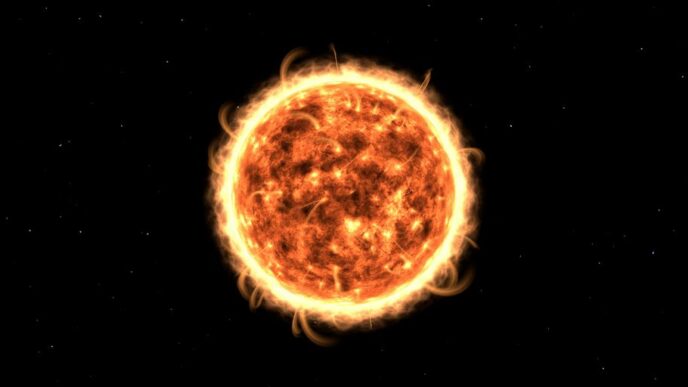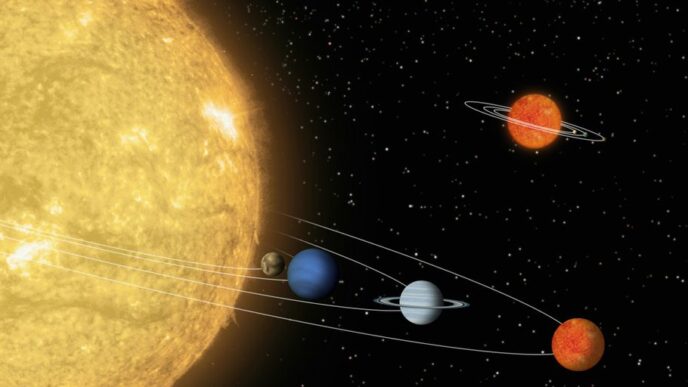Introduction
Halloween, a holiday celebrated annually on the night of October 31st, has become a much-anticipated event in many parts of the world. It’s a time when people of all ages don costumes, decorate their homes, and engage in a variety of spooky and fun activities. In this article, we will explore the history, traditions, and the modern-day celebration of Halloween.
The Origins of Halloween
Halloween has a rich and fascinating history that spans centuries and draws from various cultural influences. It traces its roots to ancient Celtic festivals, particularly the Gaelic festival Samhain. Samhain marked the end of the harvest season and the beginning of winter. It was believed that during this time, the boundary between the living and the dead was blurred, and spirits could roam the earth.
As the Roman Empire expanded, the Celtic festival Samhain merged with two Roman holidays: Feralia, a day to honor the dead, and Pomona, a celebration of the Roman goddess of fruit and trees. These combined festivals brought together elements of harvest celebrations and reverence for the deceased.
Halloween in the Modern World
The Halloween we know today has evolved over time and is a blend of various cultural traditions. It includes elements from Irish, Scottish, and English folklore, and it was brought to North America by Irish and Scottish immigrants in the 19th century. Over the years, Halloween has become a holiday characterized by various traditions and activities.
- Costumes: Dressing up in costumes is one of the most popular Halloween traditions. People of all ages enjoy the opportunity to become witches, ghosts, superheroes, and various other characters for a night.
- Trick-or-Treating: Children in many countries go from door to door, shouting “Trick or treat!” in the hope of receiving candy and other treats. This tradition dates back to the medieval practice of “souling,” where the poor would go door-to-door, singing and praying for the souls of the dead in exchange for food.
- Decorations: Homes and neighborhoods come alive with spooky decorations. Jack-o’-lanterns, which are carved pumpkins with candles inside, are a Halloween staple. Cobwebs, skeletons, and other eerie décor add to the atmosphere.
- Haunted Houses: During Halloween, many people enjoy visiting haunted houses, which are designed to be scary and thrilling experiences.
- Halloween Parties: Halloween parties are a common way for people of all ages to celebrate the holiday. They often feature games, costume contests, and themed food and drinks.
- Cultural Festivals: In some regions, Halloween is celebrated alongside or merged with other cultural festivities. For example, in Mexico, it coincides with the Day of the Dead (Dia de los Muertos) celebrations.
The Commercial Aspect
Halloween has also become a major commercial holiday. It generates significant revenue through the sale of costumes, decorations, candy, and various Halloween-themed products. Retailers and businesses eagerly prepare for the Halloween season, making it an important economic event.
Conclusion
Halloween is a holiday that encapsulates both fun and tradition. It is an opportunity for people to embrace their creativity, face their fears in a playful manner, and build lasting memories with friends and family. As Halloween continues to evolve and adapt to the changing times, it remains a beloved and cherished celebration that brings communities together in the spirit of camaraderie, imagination, and a little bit of spooky fun.













